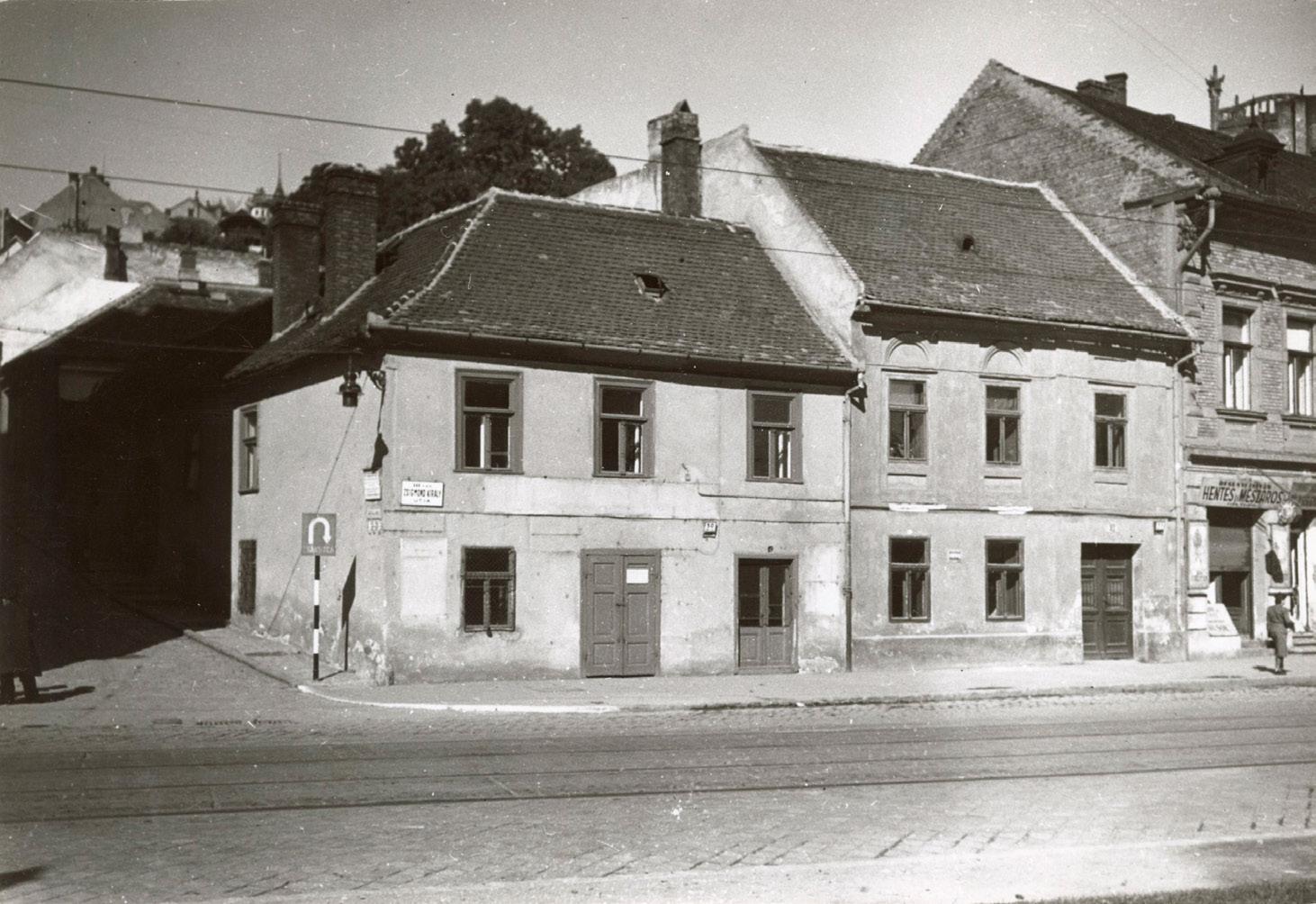
1 minute read
OUR HOUSE, OUR STREET
A Nostalgic Walk Down Frankel Le
We moved to Frankel Leó street exactly three years ago, in 2019, in the year of the 30th anniversary of diplomatic relations between Republic of Korea and Hungary. The building already stood by then. Constructed as an office building in 1992, acquired and occupied by the Central European University for many years after that. We found a home here. We enjoy the neighborhood, the close proximity of the Danube, the nearby Rózsadomb and the spas. On that account, not only the history of our building, but also the history of the district is of importance to us. We’d like to learn about the people who used to live here, what the street used to be like, the atmosphere of the neighborhood, and the buildings lining the strategic route to Óbuda, made popular by its spas.
Advertisement
We will evoke the past of Frankel Leó street and its close proximity with the help of archive documents and old photographs. Let’s begin our tour in the still operational Bambi Café, with a double shot espresso, then go on to Mártírok útja through the subway. Just around the corner from Vidra st., let’s walk past the old block of the Hospitaller Order’s rest home, and marvel at the turbe of Gül Baba, with the Wagner-Villa built around it. We can have a nice bowl of fish soup at the tea-garden of the legendary Kisbuda Restaurant, in the shade of the branches of the horse-chestnut tree, and if we’re lucky, we might even run into Marcello Mastroianni. The park of the Lukács spa is only a few steps from here, we might even take a dip in the hot water, or go for a stroll in the spa gardens. Some of us might prefer one of the pools of the Császár spa, administered by the Hospitaller Order. We might want to have some refreshments on the terrace of the Malom lake, and if we fast-forward a decade or so, we may even see the Komjádi public pools building being raised. Our walk concludes at the groundstory apartment buildings around Zsigmond Square that used to stand here over a hundred years ago.
Many details might be familiar to some, but every doorway-nook and corner has untold stories that can only be kept alive if the residents remember them, and pass them on.
The Korean Cultural Center wishes you a pleasant journey through time.








